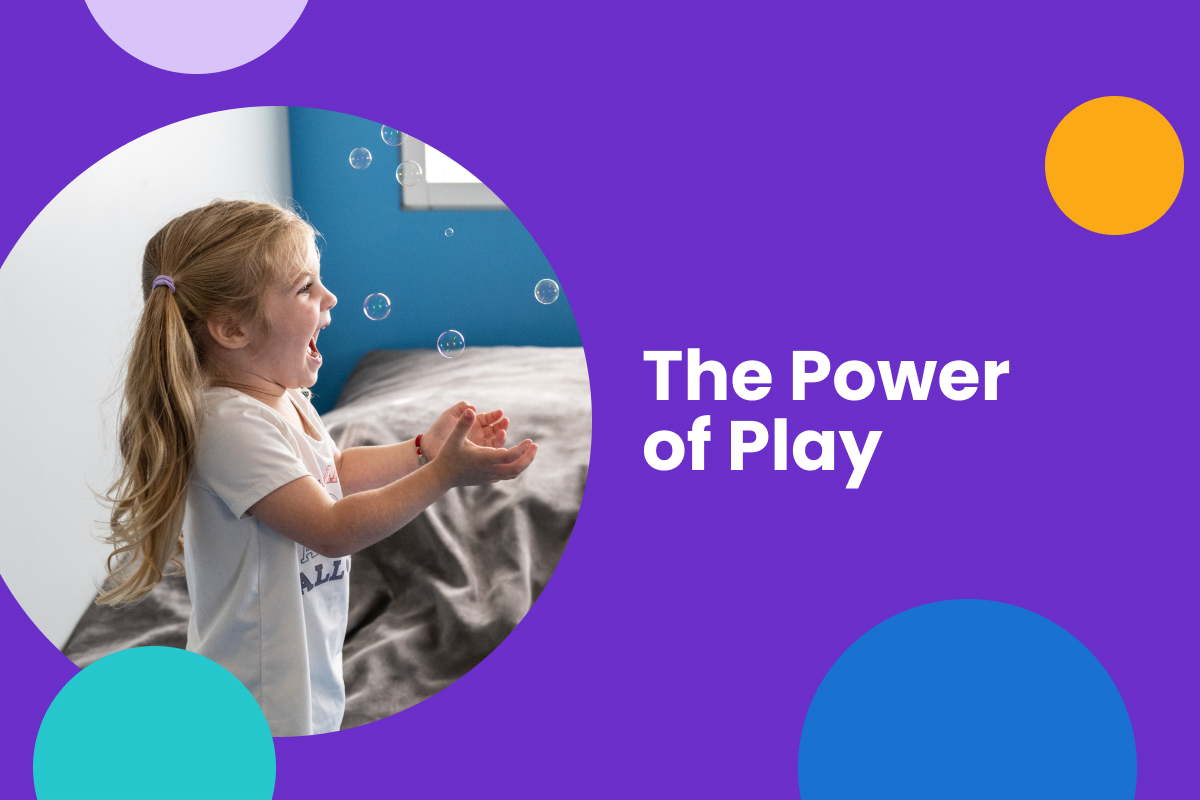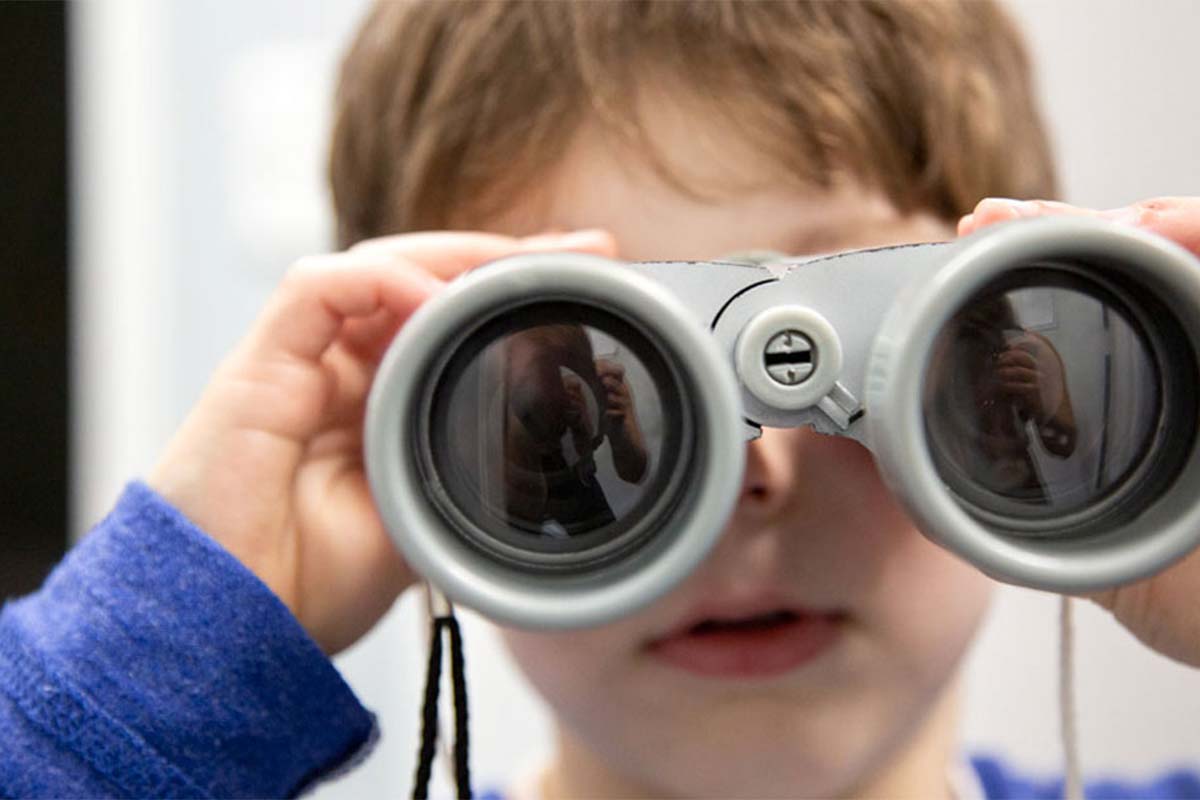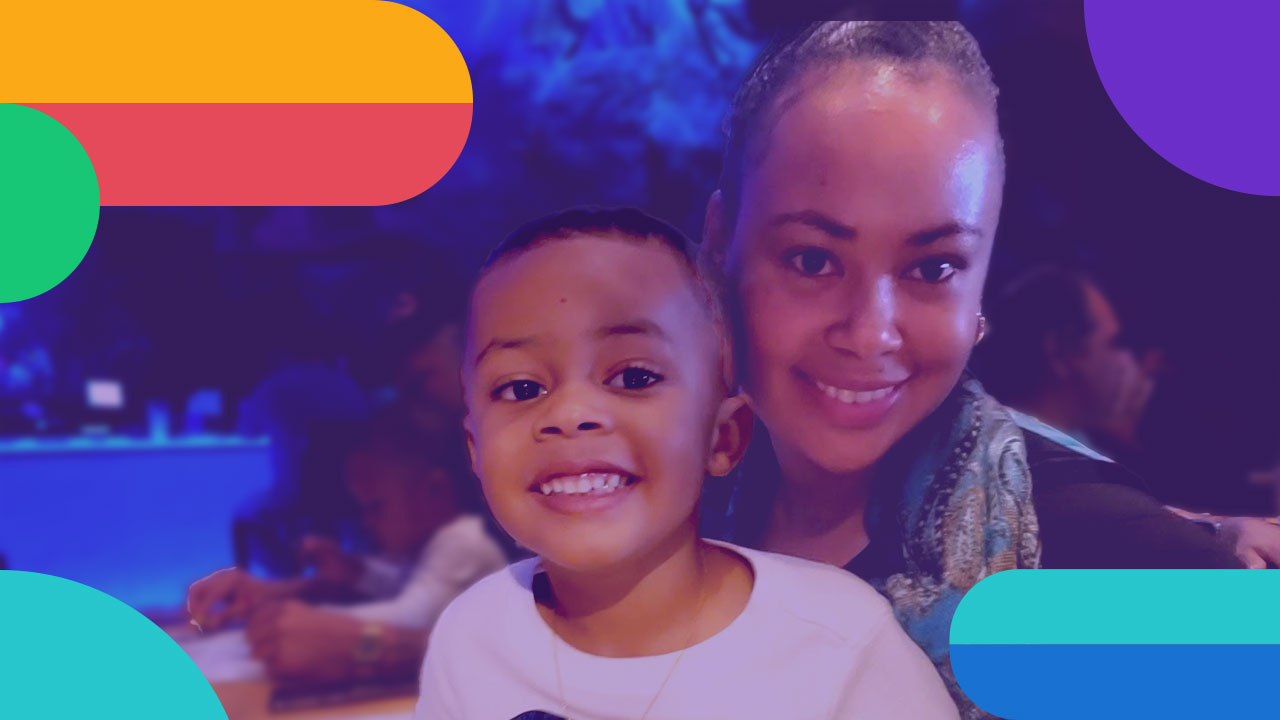
Influential childhood development pioneer Jean Piaget once noted: “Play is the answer to the question: How does anything new come about?”
Play is inherently enjoyable, inspiring, and filled with delight, making it an ideal cornerstone for neurodiversity-affirming care aimed at autism, as it harnesses the natural inclinations of children towards joy and learning. For each child, play serves as a key for unlocking their development, offering an avenue through which they discover their creativity, challenge their capacities, and acquire essential skills in social interaction, communication, cognition, and fine motor control that are fundamental to their growth.
Grounded in a developmental relationship-based intervention (DRBI) model, our services start with learning about your child: where they are developmentally, how they experience the world, and how they communicate their needs, feelings, and thoughts, both verbally and nonverbally. With this understanding, we can meet them on their level and connect around their interests, responding to their ideas in ways that are both fun and respectful.
Our 1:1 coaching sessions are informed by their development goals and defined by these attuned and joyful interactions that help us build a trusting relationship where the child begins to feel confident and safe to be themselves. This relationship is critical: It serves as both the foundation and the vehicle for all future learning and development. What looks like play is actually development in progress. All sessions, led by our Developmental Paraprofessionals, incorporate the elements of your child’s care plan and are reviewed often by your child’s transdisciplinary care team. And because the sessions are fun, your child will look forward to them – and this drives their motivation to grow and learn.
The Parent Role – and Five Ways to Better Lead Play
With the support of their matched Developmental Paraprofessional, you’ll also learn play-based development techniques that will help you connect with your child and aid in their growth. You’ll learn how to understand how your child processes the world, to read and follow their cues and intentions, to celebrate their strengths and passions, and to build closer relationships. This training helps families spend less time in therapeutic interventions, mitigates stress, and brings you closer together.
We have found five key steps that are especially helpful to keep in mind when it’s time to play. These tools can be used across settings, from play to everyday tasks like meals and bath time, so that every interaction helps you get closer to your child and fuels their development.
1. Prep. Take a moment to prepare yourself for the interaction. Become present by regulating yourself and leaving your worries at the proverbial door. If possible, also prep the environment, based on what’s best for your child’s comfort, sensory profile, interests, and growth. Do they like big spaces or small spaces? Bright or dim lights? A lot of options or just a few favorite toys? Finally prep your child so they know what to expect – it can be as simple as asking if they’re ready to play or if you can join them in their current activity.
2. Wait. Before entering the interaction, take a few seconds to wait, watch, and wonder. What is your child doing? What do they want, need, or feel at this moment? What is sparking their interest?
3. Join. Join your child in a way that’s attuned to them in the moment. This may mean joining their play or observing and asking questions about the play. The key is to be respectful of their space and desires so they are comfortable, feel in control, and are having fun.
4. Build. As trust and deeper understanding develops, you can build on the interaction together! You can follow their lead, provide simple options to keep them engaged and communicative, ask questions to show interest, and — most of all — have fun.
5. Reflect. Always take a moment to reflect after interactions. What went well? What could have gone a little better? What can you do differently next time? What learnings can you share with other family members to help them connect better with your child? The more you can reflect on your interaction, the more you can learn from it for next time.
The Results of Play Techniques for Families
Pascale, the mother of our client AJ, says that her son has shown tremendous growth in his play, imagination use, and social development.
“[Now] when we’re playing with [AJ,] we’re teaching him through our gestures, our affect, and he gets it and he’s so happy. Then he stretches things and he makes things grow, and he has storylines. To watch him make up an entire story, it’s amazing. It’s like, whoa, you are not the same kid. He’s happy. He’s playing. He’s building relationships and bonds. He used to be addicted to his tablet. Now he’s addicted to forming these social bonds.”
Peter Sr., father of our client Peter Jr., notes that the post-session wrap-up is particularly beneficial.
“...We do weekly sessions over the computer, virtual coaching. Once the session is over, we wrap up with them for 15 or 20 minutes to go over how the play went, what they thought were the highlights, things we can work on, maybe ideas for when we play on our own time to help Peter be able to interact more and get more language and gain more concepts from the play.”
Leslie, Peter’s mom, also relishes the connection that play therapy has brought with her son.
“I feel like there’s no better way to connect than play — just being completely present and learning things about him and how he thinks…. We just incorporate it into our interactions and he’s really progressing.”
The Evidence Backing Up the Power of Play
The research and the wide acceptance among the American Medical Association (AMA) and the American Academy of Pediatrics clearly validates these assertions about play-based developmental approaches to autism care. For example, one randomized controlled study showed that parents involved in a play-oriented intervention model (PLAY Project Intervention) were able to be more sensitive, responsive, and effective with their children. The study also showed a reduction in depression for families.
In a 2019 meta-analysis, researchers delved into the impact of seven types of early intervention specifically tailored for young children on the autism spectrum. Spanning 15 critical areas of development, the study revealed a beacon of hope: developmental and naturalistic interventions were found to have profound positive effects. This groundbreaking research underscores the power of early support, offering families a path filled with potential for their cherished little ones to thrive and embrace their unique journey in the world.
Everyone — neurodivergent or neurotypical — thrives when learning through play and through the power of relationships. After all, it just makes sense. When you get to interact with someone you trust and in a way that is fun and makes you feel good, that’s when progress happens.
To learn more about Positive Development's play-based, developmental care model, check out our Programs page.


.png)





